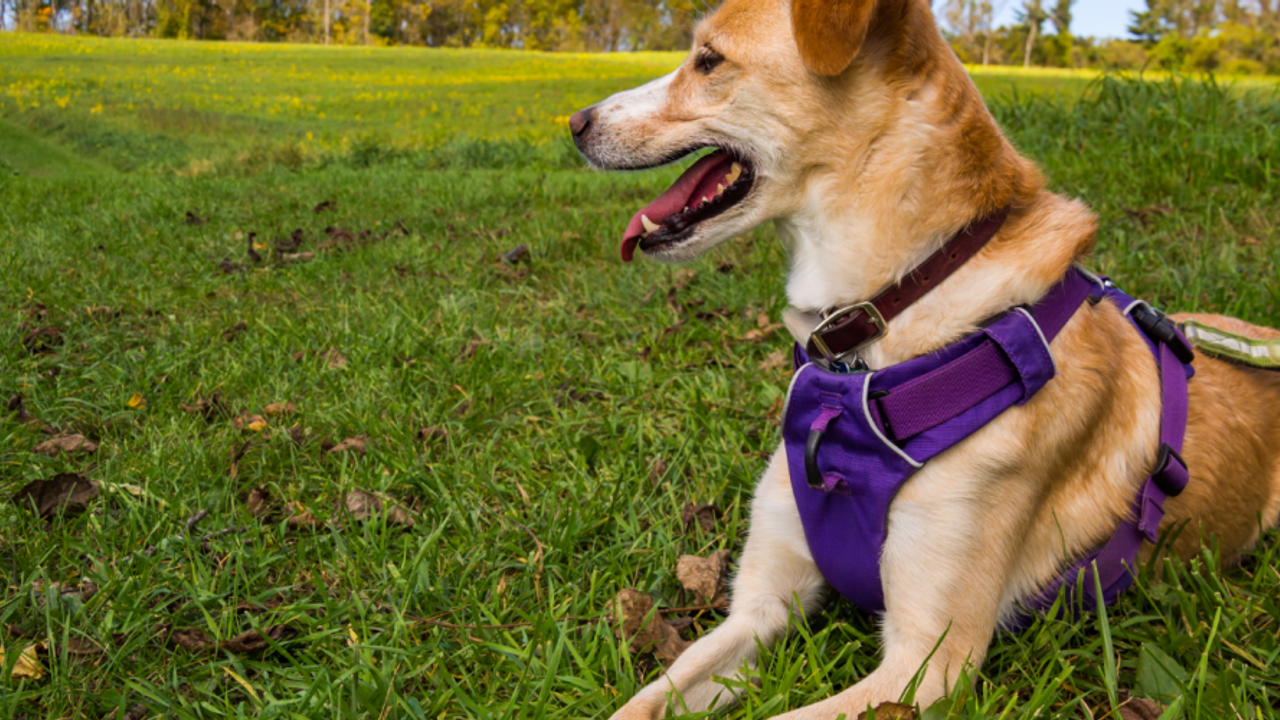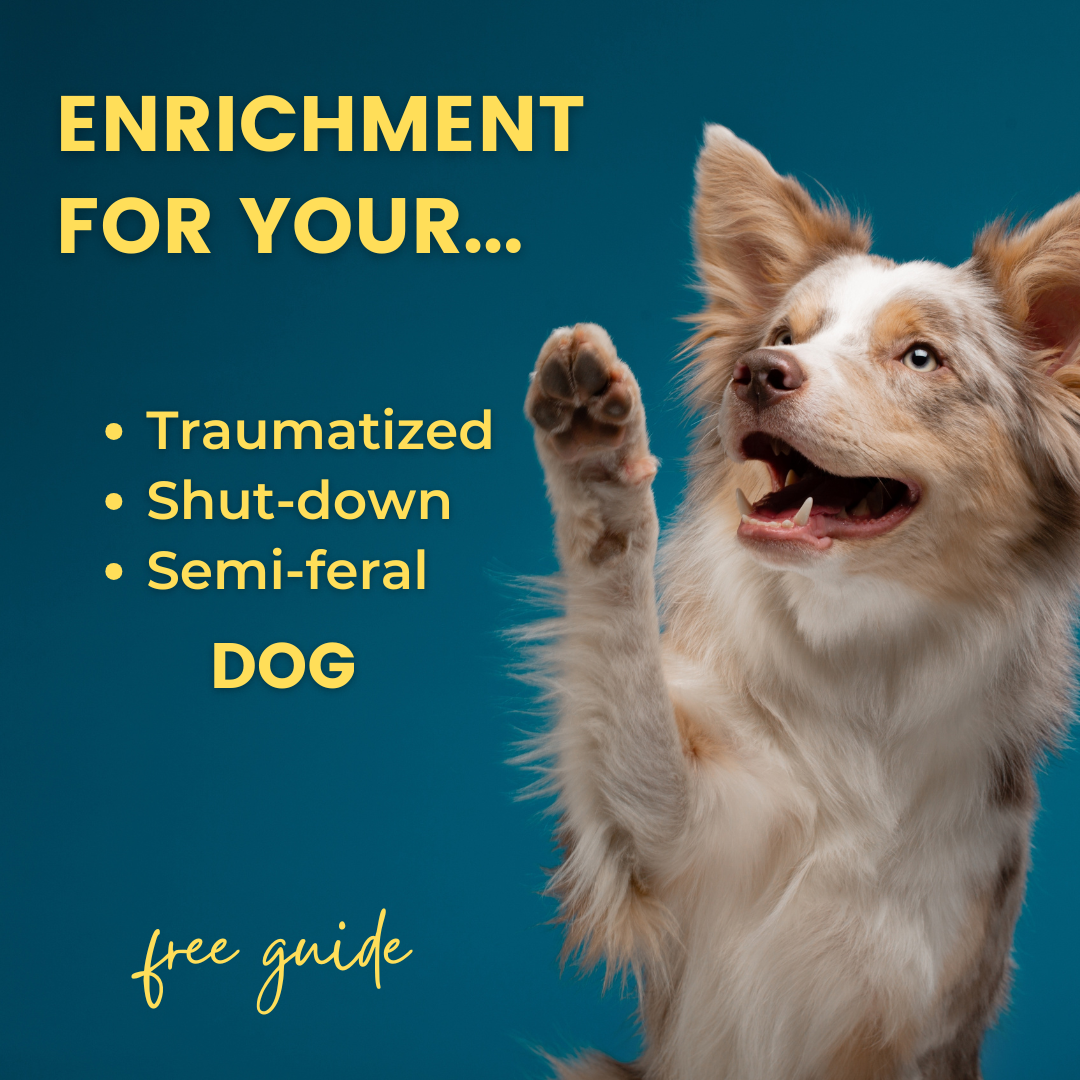
If you have a fearful dog, you know that sensitive pups often struggle to enjoy walks the way other dogs do. The outdoor world can be scary, never mind all of the potential challenges a dog has to face before even getting to the front door! Last week, I discussed how to train dogs to wear a collar. This week, I talked about harness training for fearful dogs.
Harness training is much more complicated than collar training. A few key points from this week’s video include:
Don’t force the harness onto your dog
You might have noticed that your fearful dog responds especially badly if you try to force them to do something. Avoiding force is so important when working with fearful dogs. If your dog doesn’t approach you willingly and happily to be harnessed, take a look at this week’s video. You’ll have an easier time harnessing your dog after you’ve done some careful training.
Until you can easily put your dog’s harness on without them looking anxious or trying to avoid you, a martingale collar could be a good stop-gap. A martingale collar is more secure than a regular collar, because as long as it’s fitted properly, your dog can’t back out of it. If your dog is strong and pulls on walks, however, walking them a collar isn’t a great option. If you have a puller, it might be best to skip walks until you can complete harness training.
Select a harness that’s easy to put on
There are so many different harnesses available for dogs. Some harnesses have to go over a dog’s head, while others require handling of the dog’s front legs. I recommend shopping around and trying out a couple of different types of harnesses, if you’re not sure what will be easiest for your dog.
My dogs don’t love having their legs picked up, so I avoid “step in” harnesses. Instead, I have a number of harnesses that go over the dog’s head and then are clipped around the torso. Some harnesses, like the TransPaw harness, can be completely unclipped so that nothing needs to go over the dog’s head.
Train slowly using positive reinforcement
I find food to be the easiest reinforcer to use for harness training. Choose something that your dog really likes, and use that special treat only for harness training.
In this week’s video I’ve broken down harness training into small steps. If your dog isn’t fearful of being touched, or of novel objects, they likely won’t need such small steps. But if your dog fears handling, you’ll need to work in tiny increments.
In this week’s video, you’ll see our little fearful dog Pancake targeting the harness (sniffing or touching with his nose) when the harness is placed on the floor. You’ll watch him work up to being able to place his head into the harness and tolerate having the weight of the harness released onto his back. This took many training sessions, and we haven’t even started talking about how to clip the harness on yet! (That’s next week’s topic.)
Take a step back immediately at signs of trouble
Stop training and back up to an easier step if you see any of these behaviors from your dog during training:
- Your dog shifting their weight away from the harness, or;
- Backing away from the harness, or;
- Getting up and moving away, or;
- Stretching to get a treat without moving their feet, or;
- Hesitating to approach the harness.
If you see any of these signs, immediately decrease the difficulty of the training. You’ll see several examples of these mistakes in the video.
If you try these tips and have success, or trouble, we want to hear from you. Join our Facebook group and post your questions or comments there, or comment below! Or email us at [email protected].
If you're looking for more guidance with your fearful dog, check out our monthly training membership.
Categories


Have a dog who is too anxious to have fun? Grab this free guide & video lesson all about how to teach your extremely fearful dog their 1st enrichment game.


Community
We offer a free private Facebook support group for owners of fearful dogs to connect and share their stories. Join us there.


